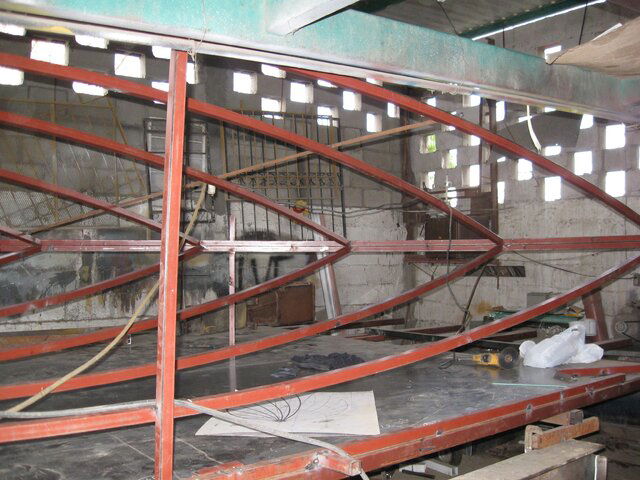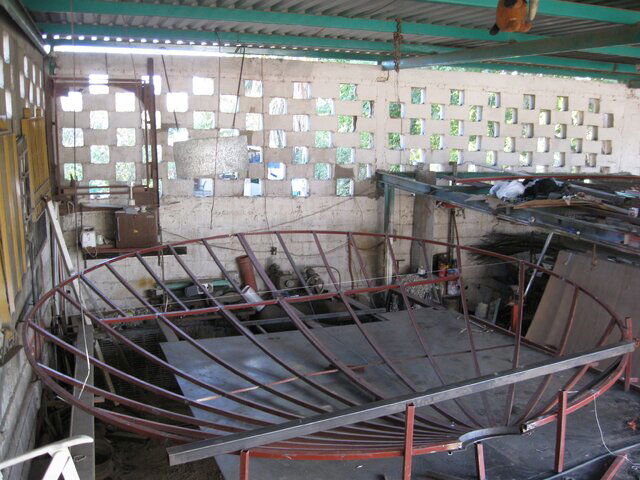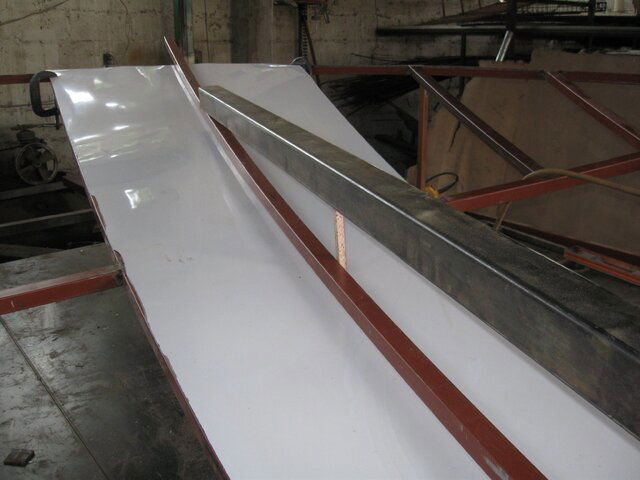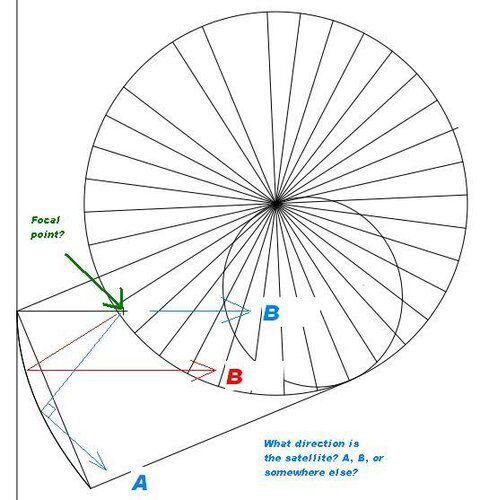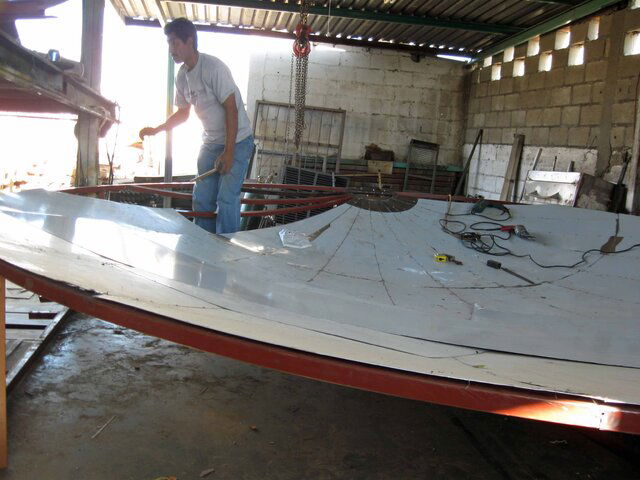The thought of building a dish came up in a recent thread and someone suggested a type of 'fence' being built (stationary) with a moveable feed assembly.
That thought has never left my mind, but, I had an additional thought... instead of a moveable feed, why not multiple feeds?
Assuming a 'fence' of this type was built, just how much of the arc could be received before one end of the fence interferes with the other? I would assume this would be the same regardless of size... however, I guess, it would vary depending on your latitude...
14karat:
We could start another thread on this subject. What you described is the Swan Spherical Antenna. Like the first homebrew satellite hobbists built. They were oriented along an East/West line. Were typically eight feet high and twelve to sixteen feet wide. The focal point for the due south satellite was usually twelve feet or so in front of the center of the "dish". The top of the "dish" was tilted so as to put the focal point at a comfortable height, usually eye level. Closer to the equator the "dish" tilted away from the focal point, further from the equator the "dish" tilted towards the focal point. During the construction a string or a wire was stretched from the focal point to the surface of the "dish" which was made adjustable by allthread rods. The surface of the "dish" was made from 1/2" thick X 1 1/2" wide redwood strips attached to the end of the allthread rods which were attached to a rigid frame on the other end made of 2"X4" or angle iron. After the spherical surface was adjusted to the string, it was covered with aluminum window screen. See the attachment for a picture of one that was constructed in Alaska back in the 1980's.



